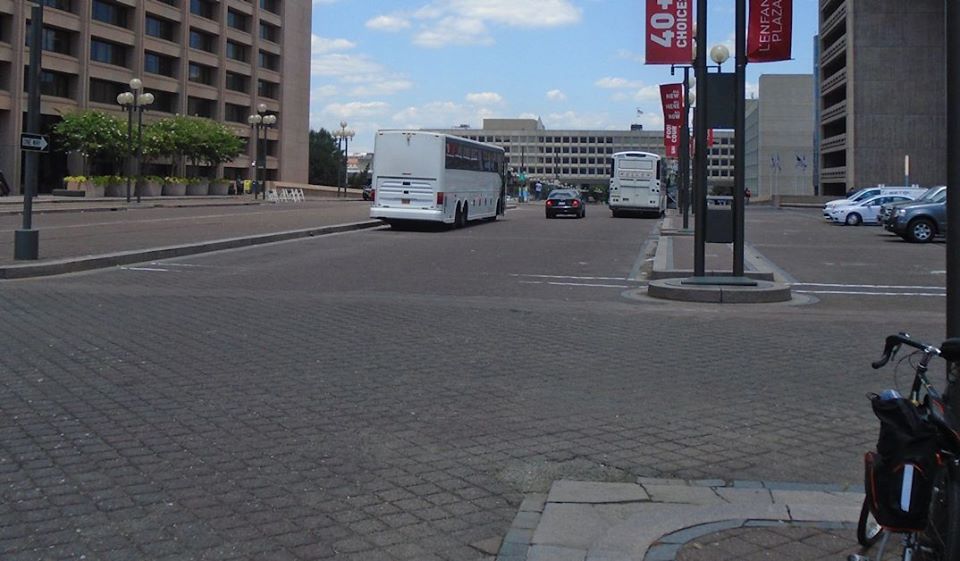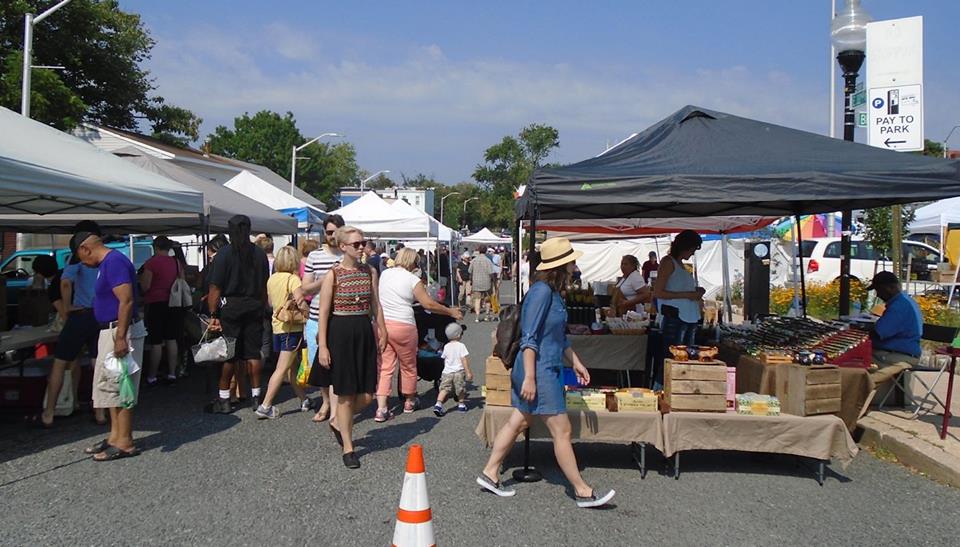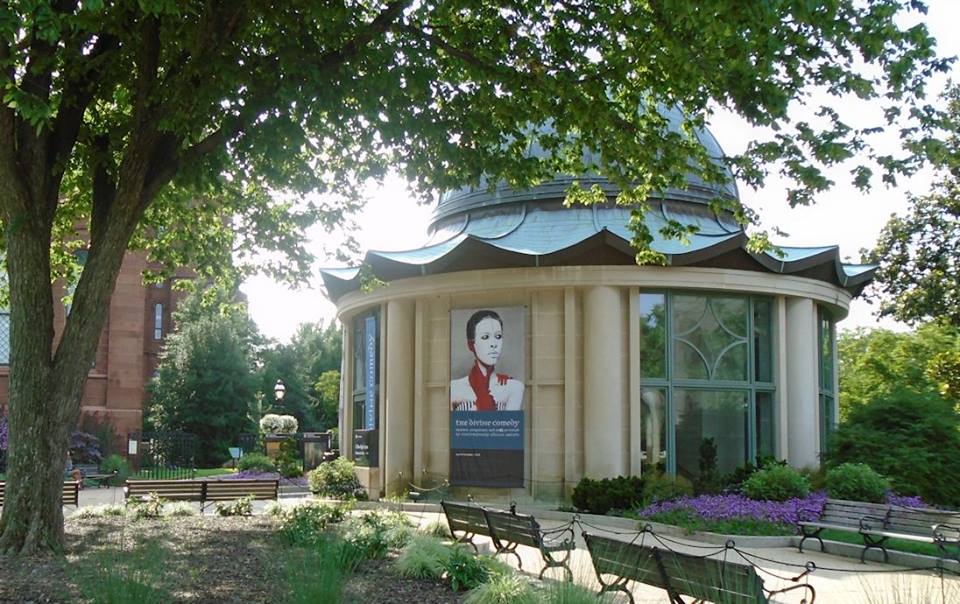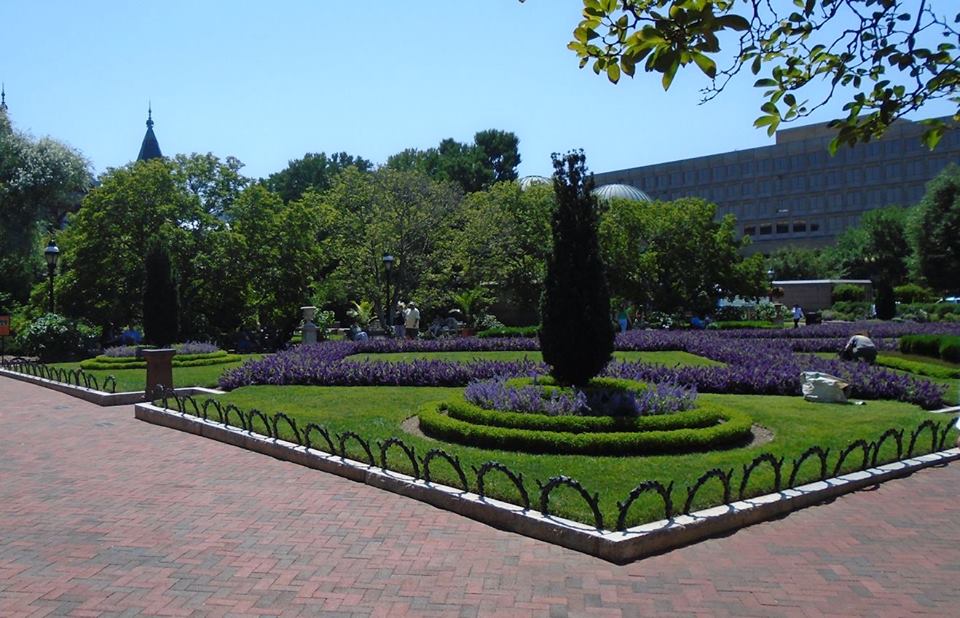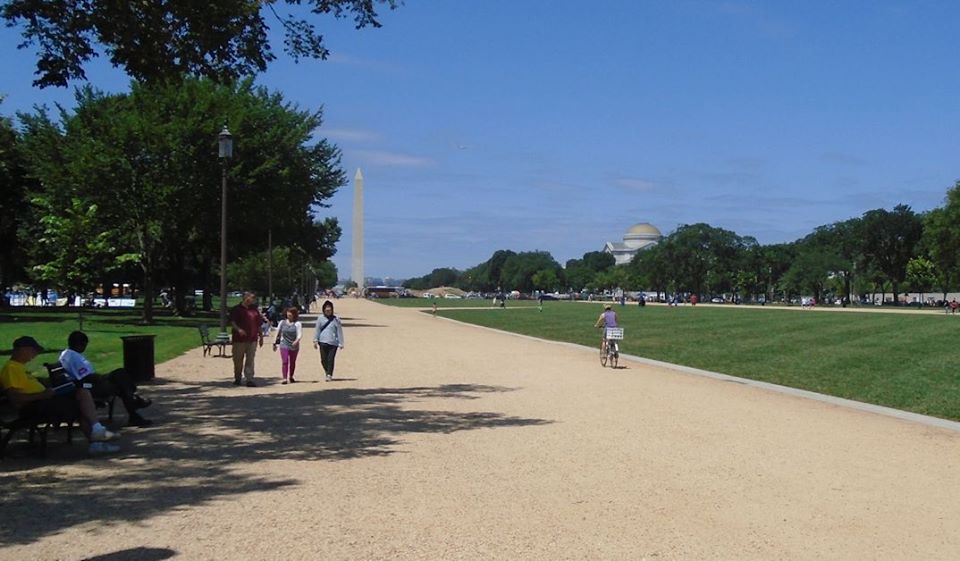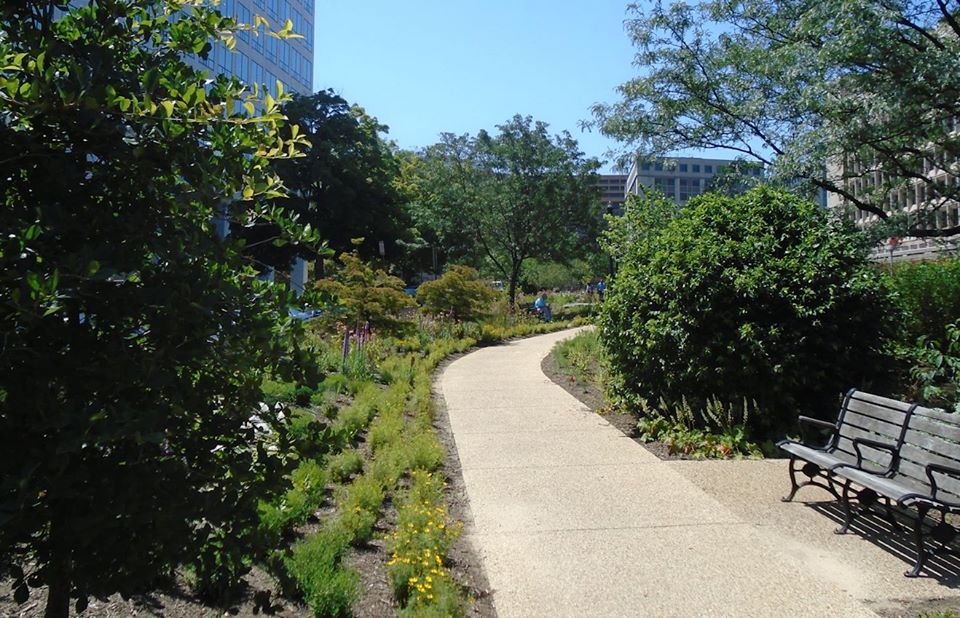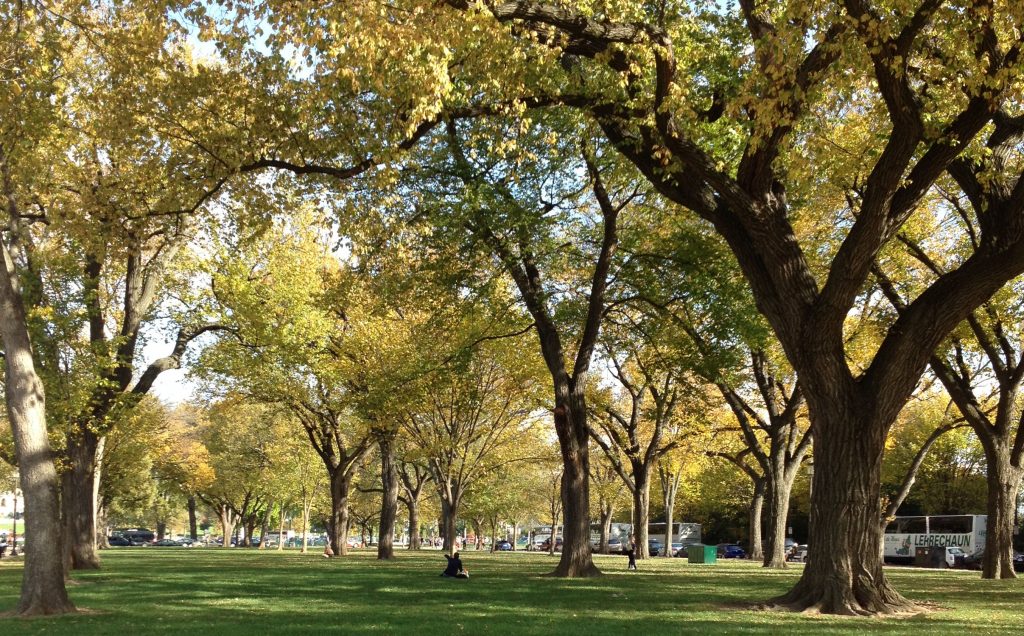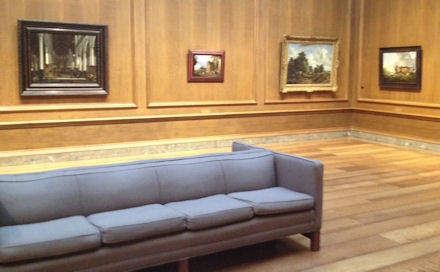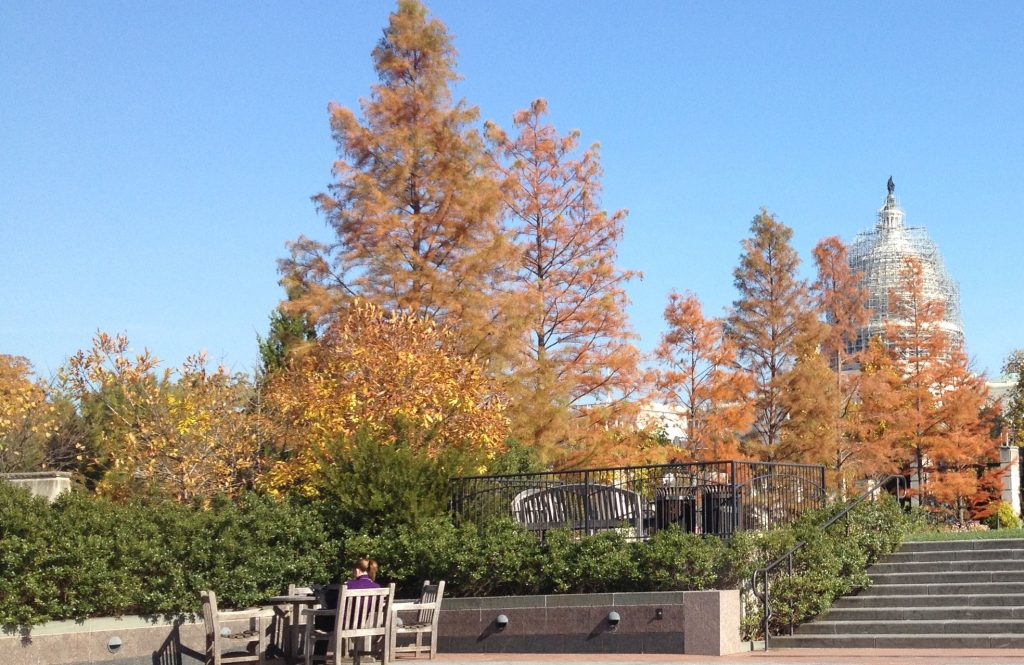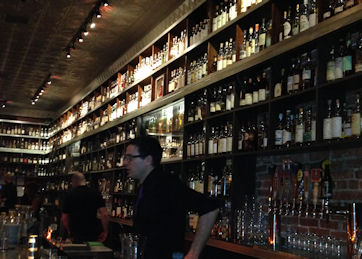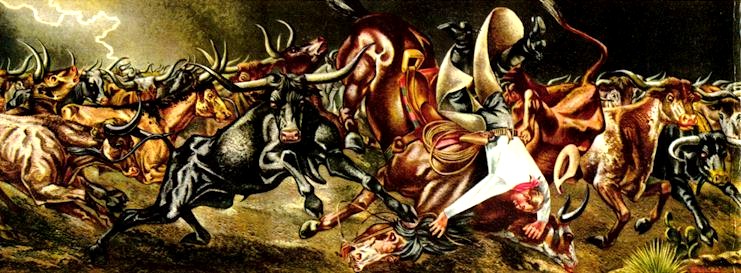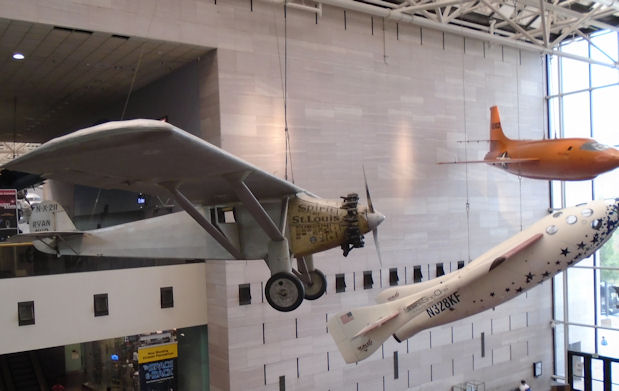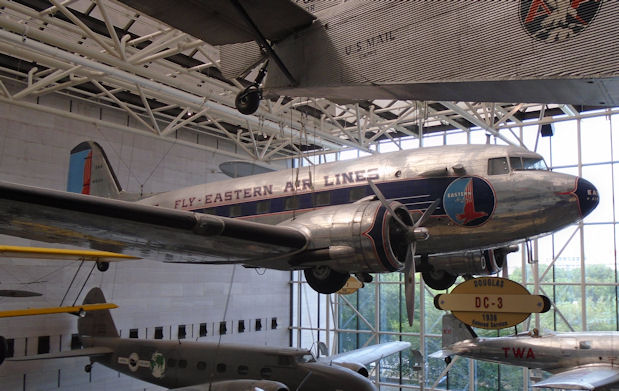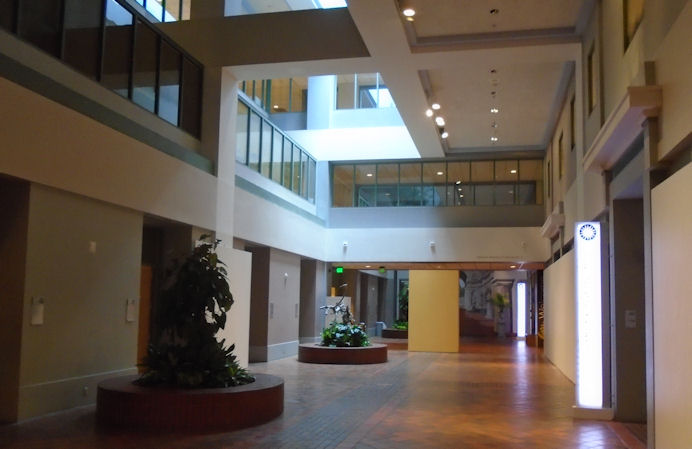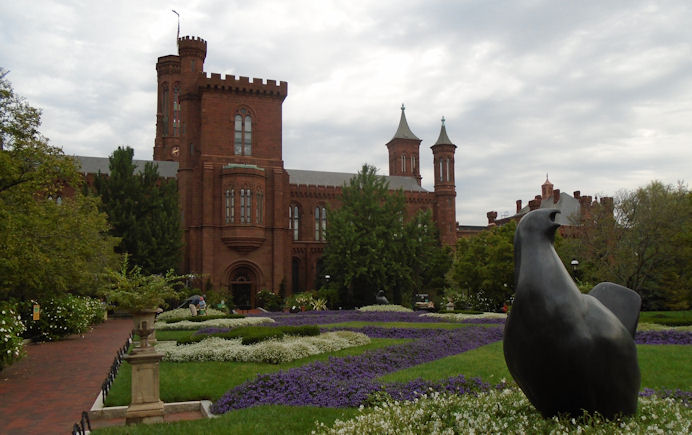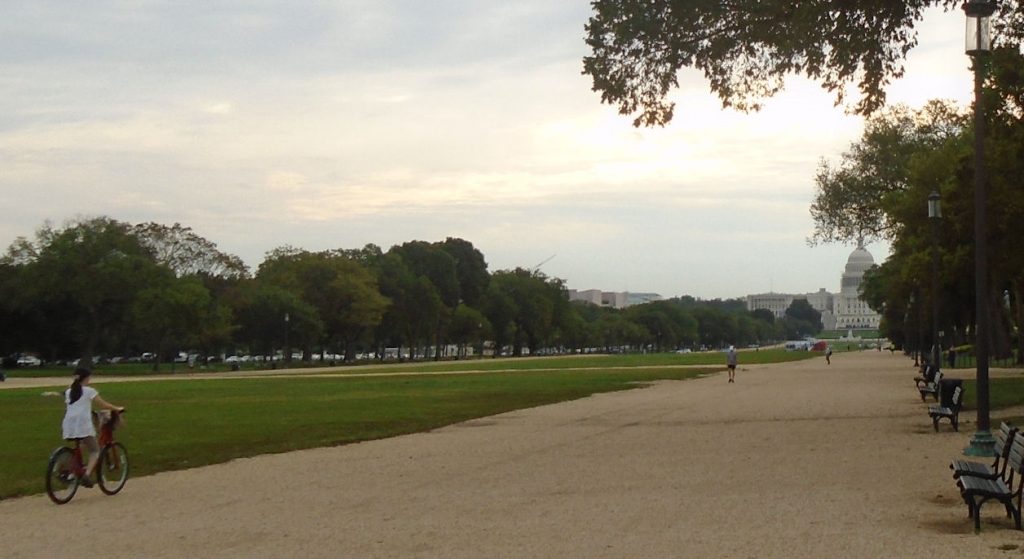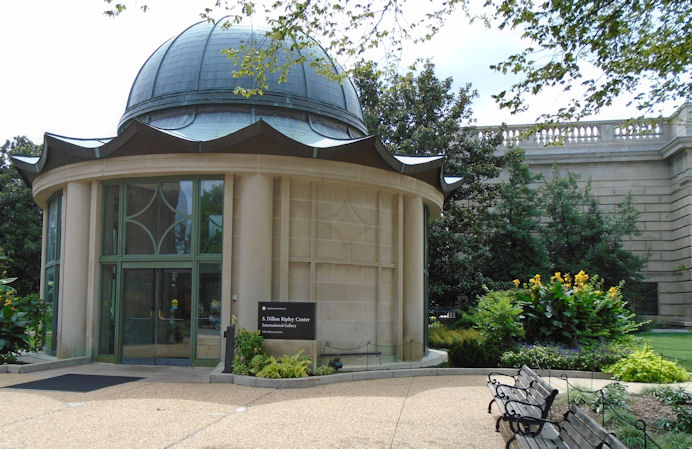My last day at Smithsonian. I went to HST first for a couple of appointments and then road my bike over to Smithsonian. I took the long way, i.e. went around Hains Point. It is a near perfect place to ride a bike, with a smooth road surface and a flat terrain.
I used to run down there, especially when I was studying Norwegian, since I lived nearby. I used to memorize lines and then repeat them, over and over, out loud, as I ran along. I don’t doubt people thought I was nuts. But language learning is a physical process. It is not enough for your brain to know it; your mouth has to be able to make the sounds w/o too much trouble and there is no substitute for repeating. It is like knowing how to ride a bike and really being able to ride a bike.
When I passed my language test and did my run w/o the need to talk to myself in Norwegian. I felt strangely empty, lonely, as I trudged along in silence.
A convenient way of going from Hains Point to Smithsonian is across the bridge to L’Enfant Plaza. My river picture shows new developments along the river. They are building a wharf complex of restaurants and shops.
L’Enfant Plaza was built in the 1960s as part of urban renewal and is evidence that bad architecture was the worldwide norm during the 1950s and 1960s and not only in benighted places in Eastern Europe. We forgot how to build pleasant buildings during that period.
My last picture is unrelated to the others. It shows the farmer’s market near Mariza’s house in Baltimore. It is a nice touch. Her neighborhood still has some crime, but there are lots of good developments too.



